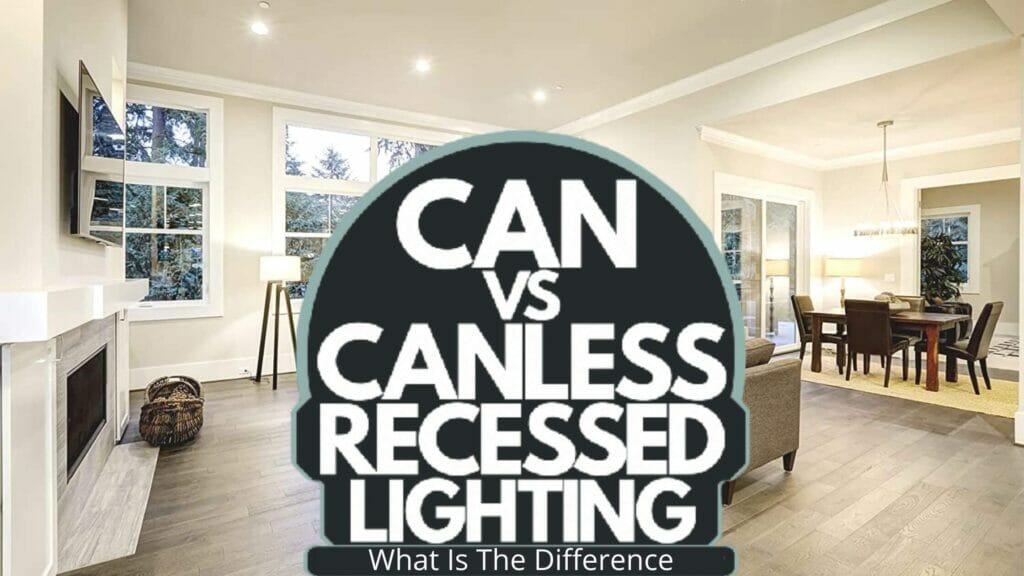

In the world of indoor lighting, choosing between can and canless recessed lighting is really important for how things look and how well they work. This article explores the main differences, advantages, and things to think about, giving you helpful information to make smart decisions about lighting up your spaces in a cool and efficient way.
Canless vs Can Recessed Lighting
Canless LED Recessed Light:
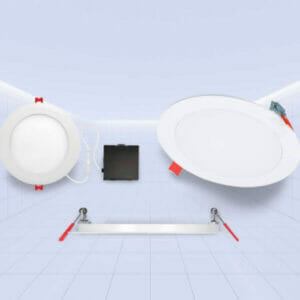

Canless lights are a great option for those who want to save on energy costs. They are thin, disk-like lights that are attached directly to your electrical wires, and they don’t require an electrical box. This means that they can be installed anywhere without taking up a lot of space. Plus, because they use LED lights, they are efficient and durable.
Advantages of Canless Recessed Lighting:
If you’re looking for an easy way to get wires connected directly to your wall, look no further than the Canless lights. These versatile pieces of hardware come without any additional trim or decoration, and simply screw onto the surface you want them attached to. In addition, many of these fixtures come with a side pack that fits through the hole, making them easier to install overall time-wise.
Whether you need to quickly connect several wires together or are in the process of renovating your entire home and need a foolproof way to connect everything, these screw-on connectors are perfect for you!
Can LED Recessed Light:


These pieces of hardware are made up of a light contained in a Can shape housing that is put completely into the ceiling and walls of your home. The shape of a Can secures the light, and it must have an electrical box on top of the housing. These come with hangers and rods to mount in between joists. Can Lights is an old recessed lighting model but it is also in use for different types of ceilings. It is also energy-efficient and a great choice for your ceiling.
Advantages of Canned Recessed Lighting:
Canned lighting and electricals make drywall installation seem difficult than it actually is. As long as you have canned lighting and an electrician, setting up your lighting and electrics can happen without thinking about those annoying drywall issues again. Not only does this save time but also ensures a faultless installation.
Canned lightings and electricals can as well be able to change the bulb in addition to the common sizes of trim and other features. It makes your work easier so that you can have the best for your home without having to break a sweat.
Similar Features of Can and Canless Lighting
Color Temperature:
Canless and Canned LED lights have the same color temperature options. Both are designed to imitate natural daylight. They emit a similar spectrum of color tones for you to simulate the natural light during daytime inside your habitat. The LED recessed lights come with a very specific color mix that is adjusted for each type so you can get the perfect effect for your needs.
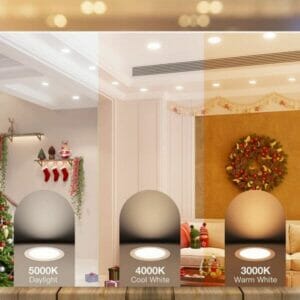

These lamps have multiple colors of lights to enable matching of the light temperature to your surrounding. Low-temperature yellowish light between 2700K and 3000K can be selected depending on your needs while the average daylight in our urban environments falls around 4000K to 5000 Kelvin and high-temperature bluish light in the range of 10,000 K (full-blast daylight LED lamps, powerful LED flashlights). Color temperatures for commercial/residential use generally range between 2000K and 6500K.
Size:
The recessed light fixture has a minimum size of 3 inches while 8 inches is its maximum size. Most are currently selling at 4 or 6 inches. On the market, there are various sizes of recessed lighting but some manufacturers also make square recessed panels that are up to 12 inches.
Lifespan & Warranty:
Also, lifetime expectancy is equal to that of lighting. Its lifespan is usually about 50,000 hours which means it could last for about eighteen years if it’s operated eight hours per day. Also this product has same warranty like other products with similar features. Its warranty period ranges between 5 and 7 years.
Conclusion:
Therefore, whether you go with canless or non-canless recessed lighting largely depends on your personal preferences as well as your lighting requirements. Each choice has got its benefits – whether it’s the seamless integration of canless fixtures into one or more ceilings or else traditional pot lights’ flexibility. It is from these disparities that you will comfortably select a type that best suits both your aesthetic inclinations and practical conditions.

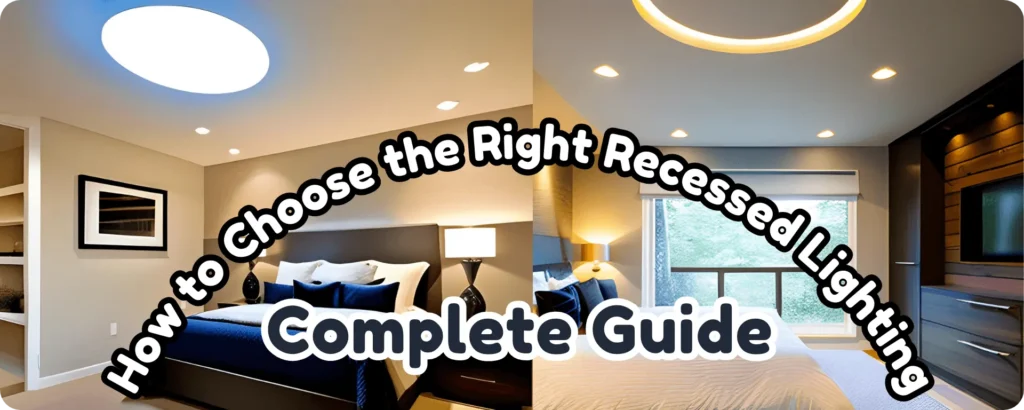

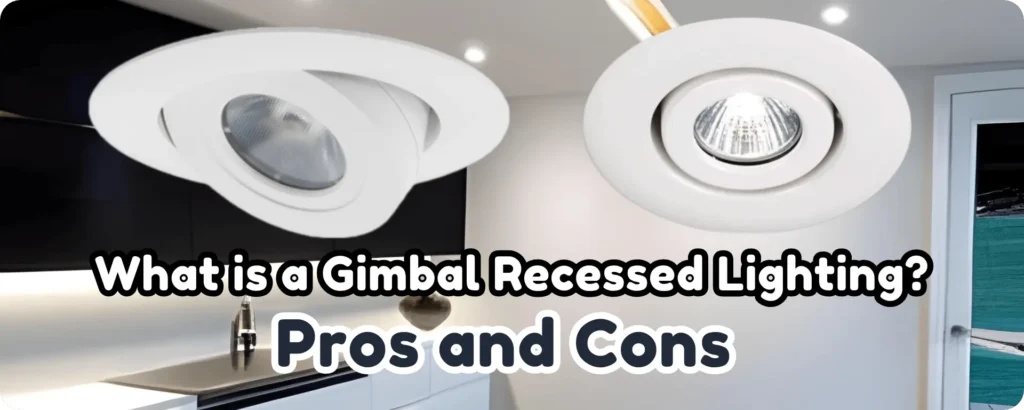
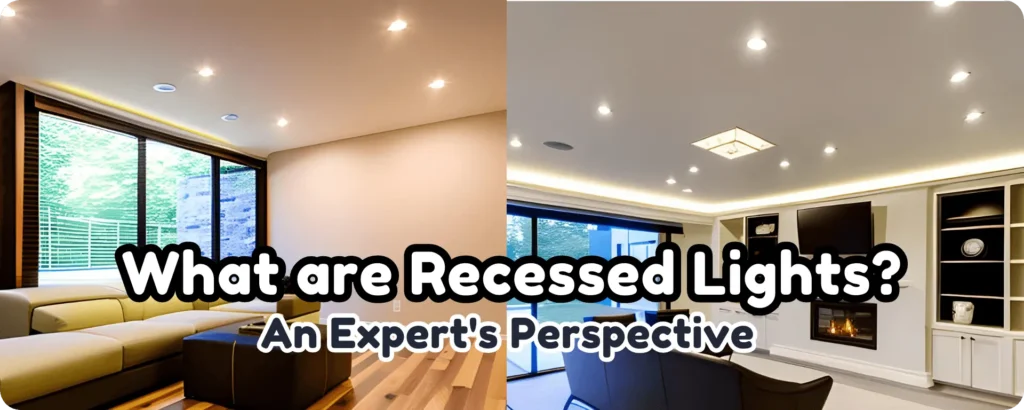

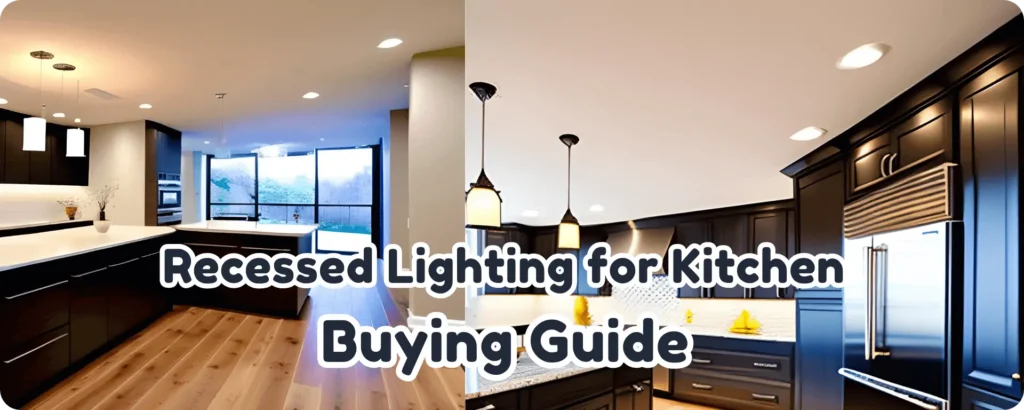
Pingback: Recessed Lighting Can Sizes: A Complete Guide